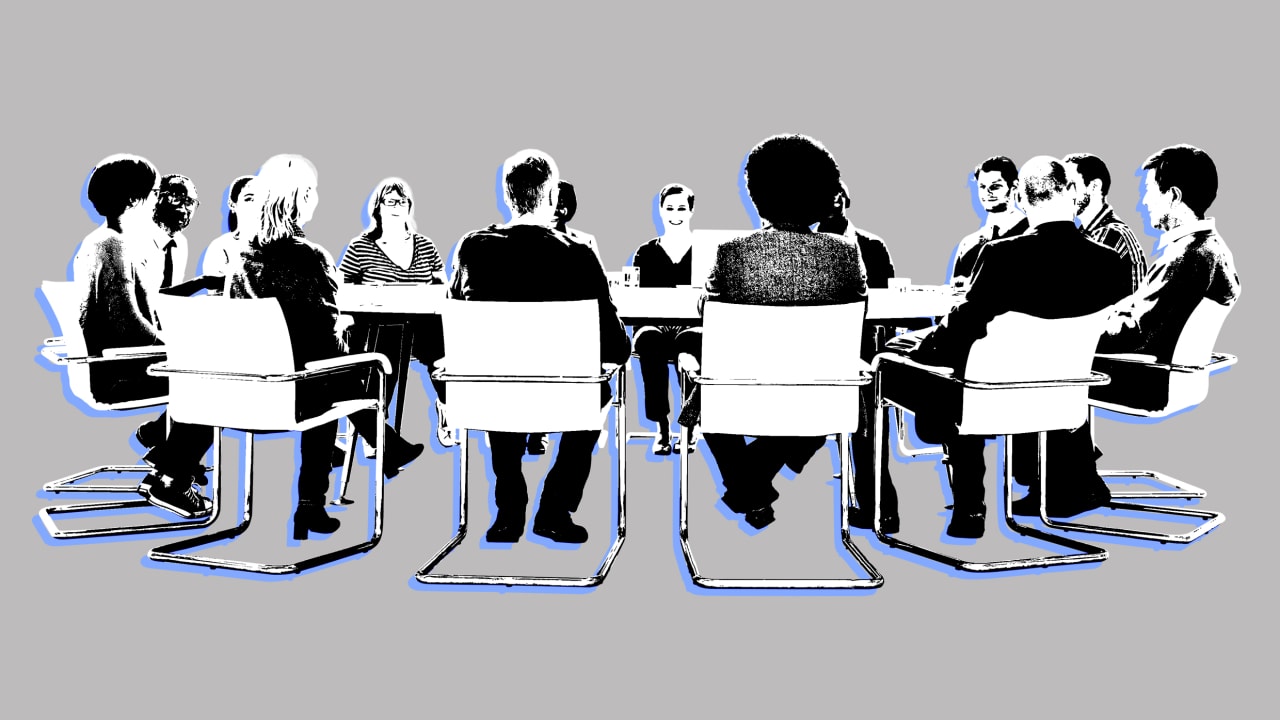It’s a proven fact that productivity has taken a hit in the aftermath of the COVID-19 era. Some disagree, citing that people are now consistently glued to their laptops or that work hours have encroached on personal space. I disagree.
In our new remote reality, tasks and projects that once required a quick five-minute knock on someone’s office door now call for the dreaded virtual meeting, where coordinating calendars and confirming availability has become nearly impossible. Moreover, attempts at multitasking, coupled with having your pets and kids in the background, only add to the misery by impacting attention spans and resulting in unproductive conversations.
Even though we’ve mastered the yes-I’m-listening-to-this-call-while-also-still-answering-emails poker face and resist the urge to roll our eyes while live during a video chat, we have not yet figured out how to eliminate the daily grind of productivity death by a thousand meetings.
Employees are left feeling like they’re treading water, stuck in a loop of talking without doing. As leaders, we must drive the change. Here are a few tips:
CONDENSE MEETING MARATHONS
It’s common to start the day with a meeting, and still find ourselves in others well into the afternoon. It’s the notorious stuff memes are made of. Ultimately, it’s not just about the quantity of meetings but the quality. These internal calls often lack a clear purpose, resulting in unproductive hours and an ever-increasing pile of unfinished work (and resentment) within teams.
As a leader, it’s your responsibility to ensure that meetings serve a purpose beyond gathering information or appeasing higher-ups. The objective should be to draw a consensus and set clear directions for everyone involved. But how can you ensure that everyone stays engaged, the meetings are productive, and the cycle is broken?
LIMIT CALLS AND INTRODUCE DEBRIEFING PRACTICES
Limit video calls to 25 minutes to encourage focus and get straight to the point. This ensures that discussions stay on track and minimizes time-wasting tangents that typically involve someone else popping on to talk for ages about some recent accomplishment that in no way applies to the meeting at hand but because the boss is on, everyone has to hang around.
Before scheduling a meeting, ask yourself, “What are we supposed to achieve?” Having a clear objective helps employees prepare and ensures that the meeting stays on topic. Consider emailing this objective and agenda to everyone ahead of time with a ‘heads-up’ on what will be covered in the meeting.
Related: Saying no to meetings made my team more productive
A true story: A colleague of mine set up a 30-minute call with a customer abroad quoting a high-level agenda. The customer declined the meeting and instead insisted on meeting objectives which meant breaking up the 30-minute meeting in 10-minute intervals and the expected outcome at the end of the meeting. This might sound like overkill but it sets clear expectations and draws clarity amongst all parties involved.
Also, consider adopting practices like pre-hear audio clips, where a two-minute recording summarizes the background, approach, and decision-making expectations. This would avoid wasting time during the meeting to bring different stakeholders up to speed and accelerate the decision-making process. Post-call, explore call recording and transcript organizers that will sort the calls for your team and send out the key points in an email.
DISSOLVE THE MIDDLE GROUND CONUNDRUM
We all know that meetings often become a battleground of egos and perceived importance. Everyone wants to be in the middle of everything to both seem important and be in the good graces of leaders.
As a leader, encourage team members to self-reflect. Ask them, “What are the two or three things you plan to contribute to this meeting?” This not only helps individuals set priorities but also empowers them to give meaningful information while in meetings.
NORMALIZE THE MID-MEETING DROP-OFF
Let’s normalize allowing employees to drop off if they realize they really don’t have much to contribute at the moment or can wrap up their thoughts through alternative means, such as email, instant messaging, or collaboration tools like Salesforce.
In many meetings, employees stay on solely out of concern that their bosses are watching and will judge them. They fear being called out in a Slack channel much more than taking control of their productivity and simply leaving. This often comes down to management style. Leaders must allow their employees to feel like they have autonomy and are able to best handle their schedules and productivity.
Consider talking to employees during team meetings or HR-related meetings about how the company fully supports employees taking their productivity seriously and into their own hands. If someone really doesn’t have anything meaningful to contribute to a meeting, tell them they can even skip it from the get-go. Nothing is worse than watching someone get on a video call, no camera, on mute, and you know they’re just sitting there likely on their phone waiting for the thirty minutes to be over. If they’re unsure and do decide to click join, reassure them that their drop-off won’t garner any fanfare from the audience.
CATEGORIZE YOUR MEETINGS
Develop a structure for categorizing meetings based on their purpose and importance, and share that categorization with your team. For example, differentiate between decision-making meetings, informational meetings, and brainstorming sessions. This classification can help in setting expectations for team members and planning accordingly. Ask yourself, “ Is this meeting for me to get up to speed or share information with the team or gain consensus?” If this meeting can be avoided by an update over email or coming up to speed by reviewing the information entered in the CRM, you might as well avoid setting that meeting or reduce the occurrences.
BREAK THE CYCLE
Because the cycle of endless meetings is a reality that many of us face, leaders need to grapple with how to handle its negative aspects, especially now that so many employers work in other locations. Don’t think that it’s just a 30-minute meeting. If it involves 10 people, it’s 300 minutes of productivity that could have been channeled in better ways.
Your role is to break this cycle by prioritizing meetings, fostering a culture of productivity, and adopting best practices. A company can only thrive when everyone is pointed in the same direction and working toward common goals. By streamlining meetings, you can help your team escape the meeting marathon and achieve greater success.







